Original 1944 WWII B-24 Liberator 1st Lt. Henning Aerial Raid 15th Air Force - 460th Bombardment Group Mission Photograph
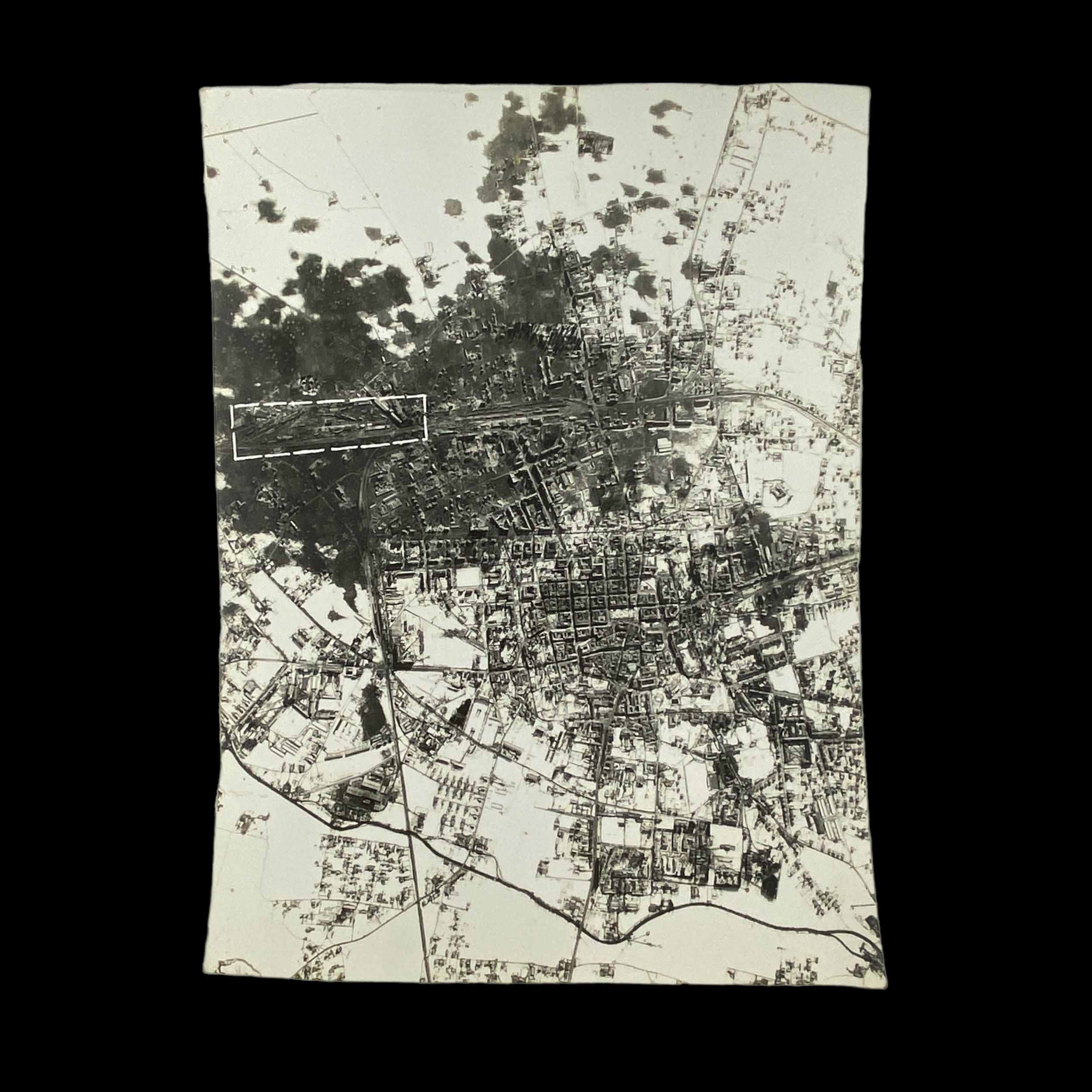


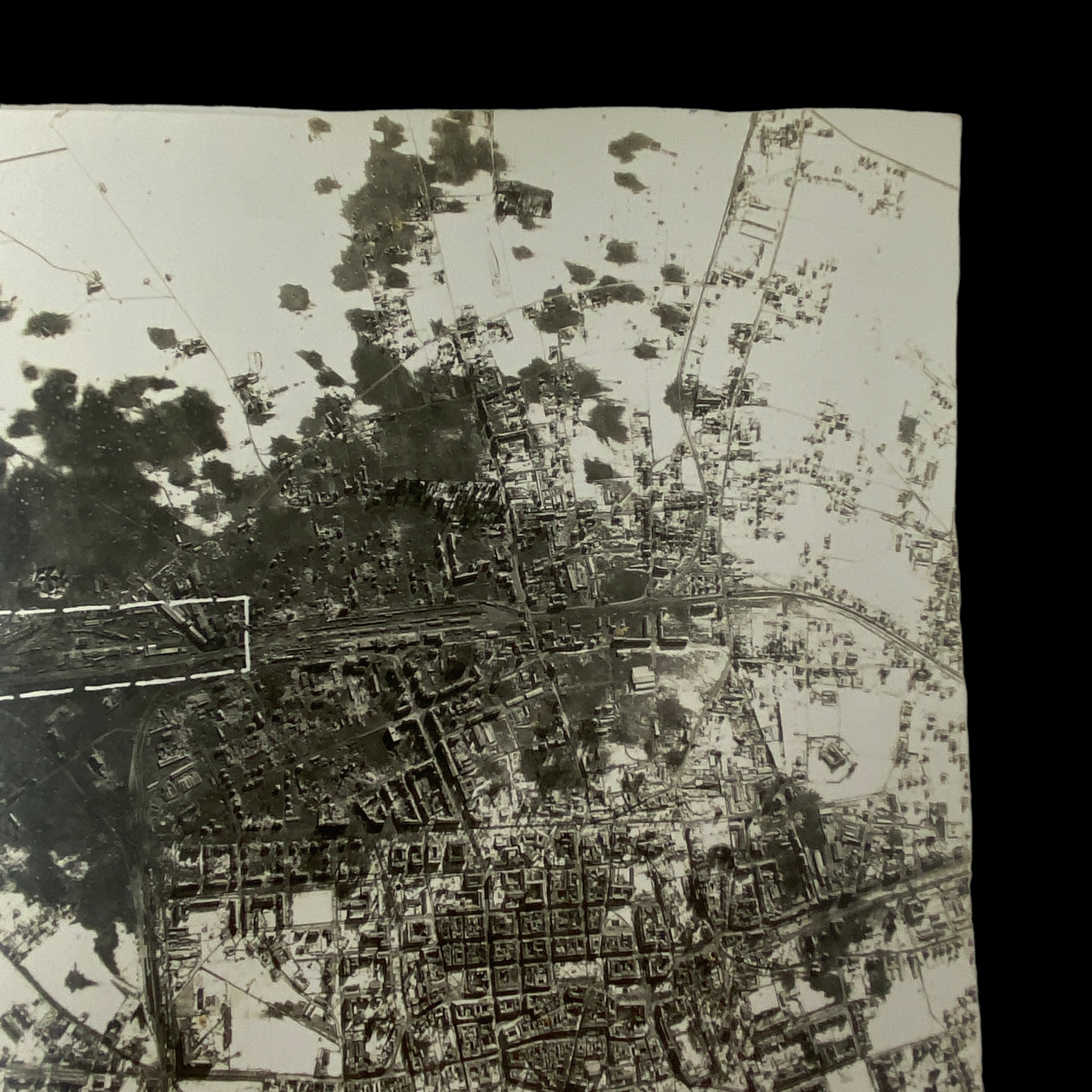
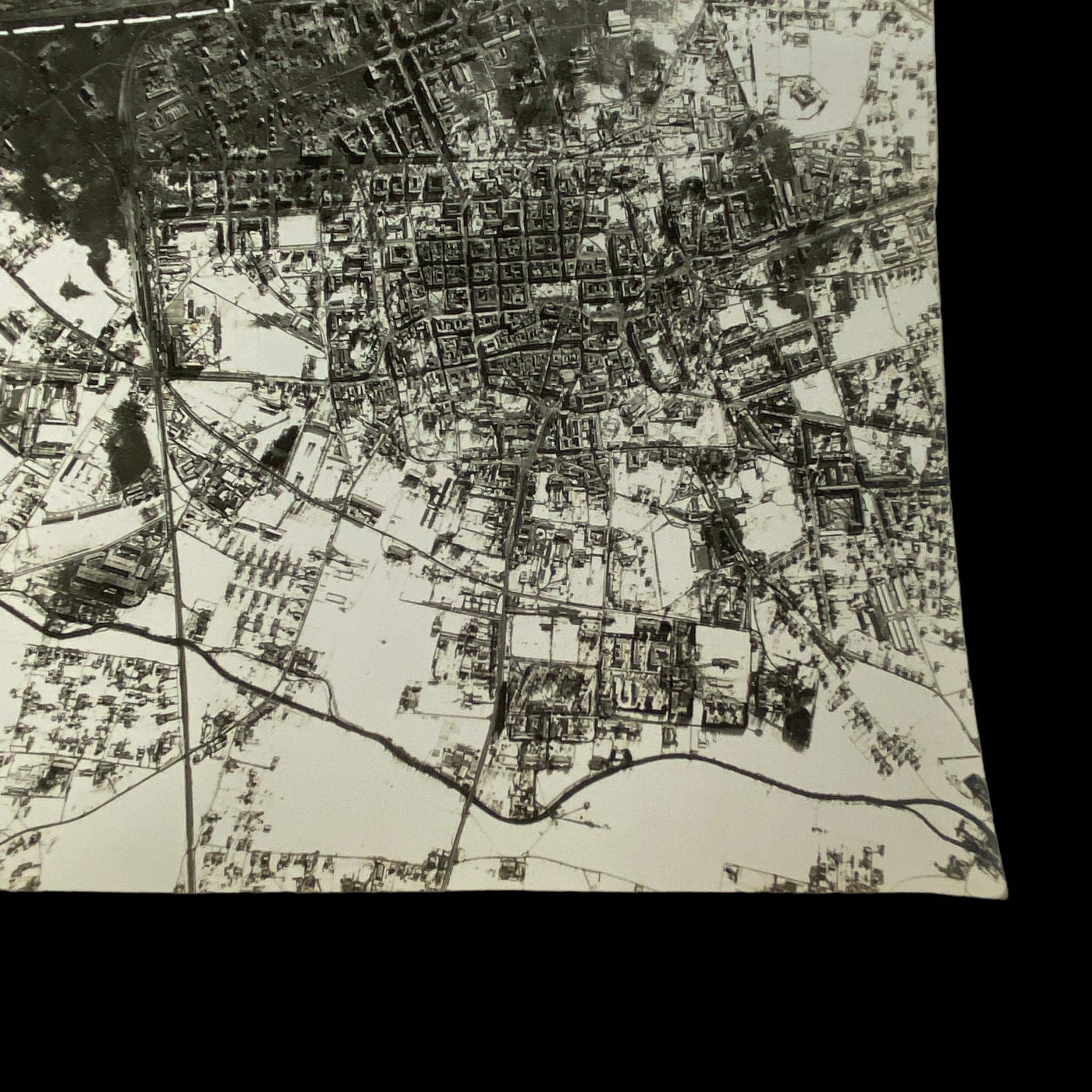
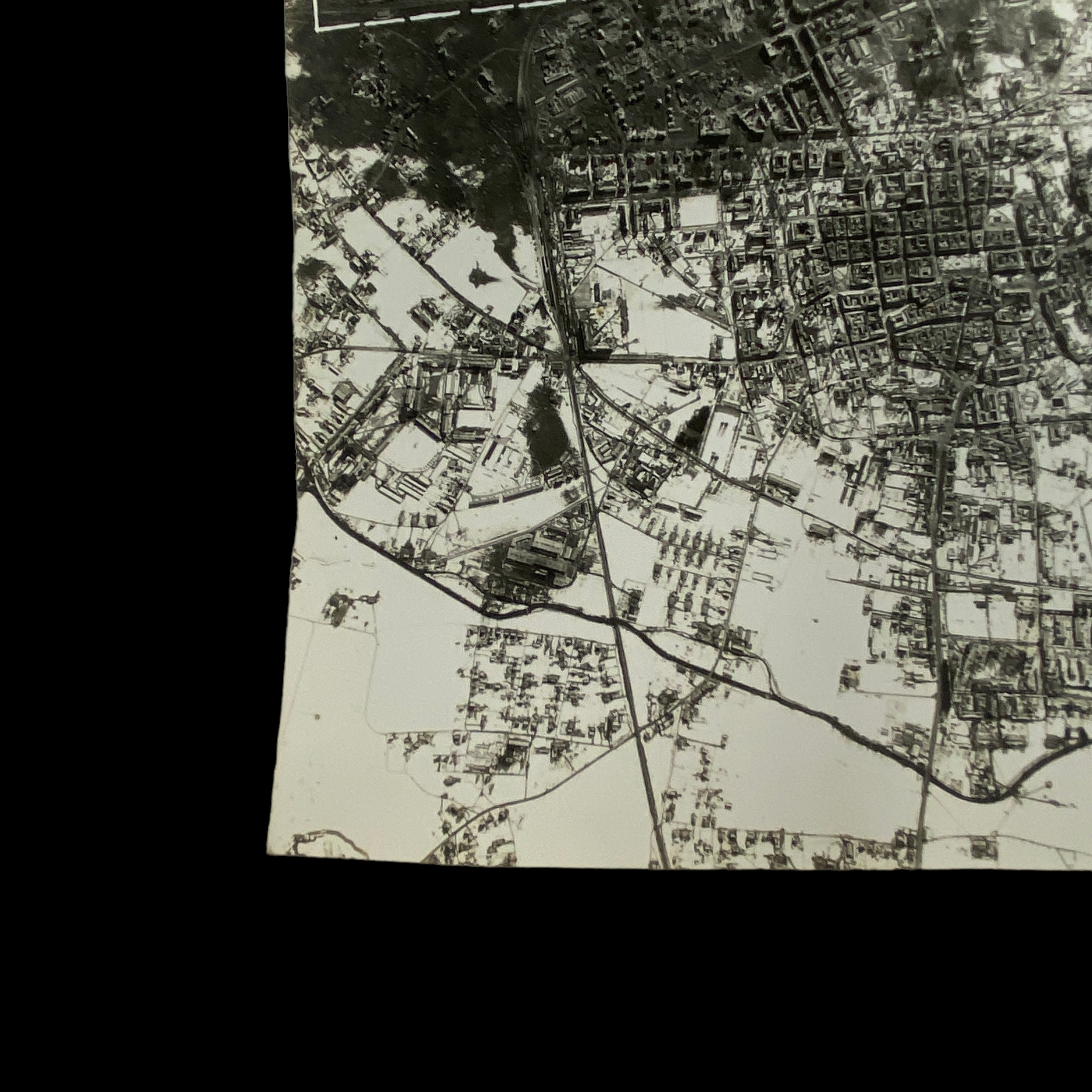
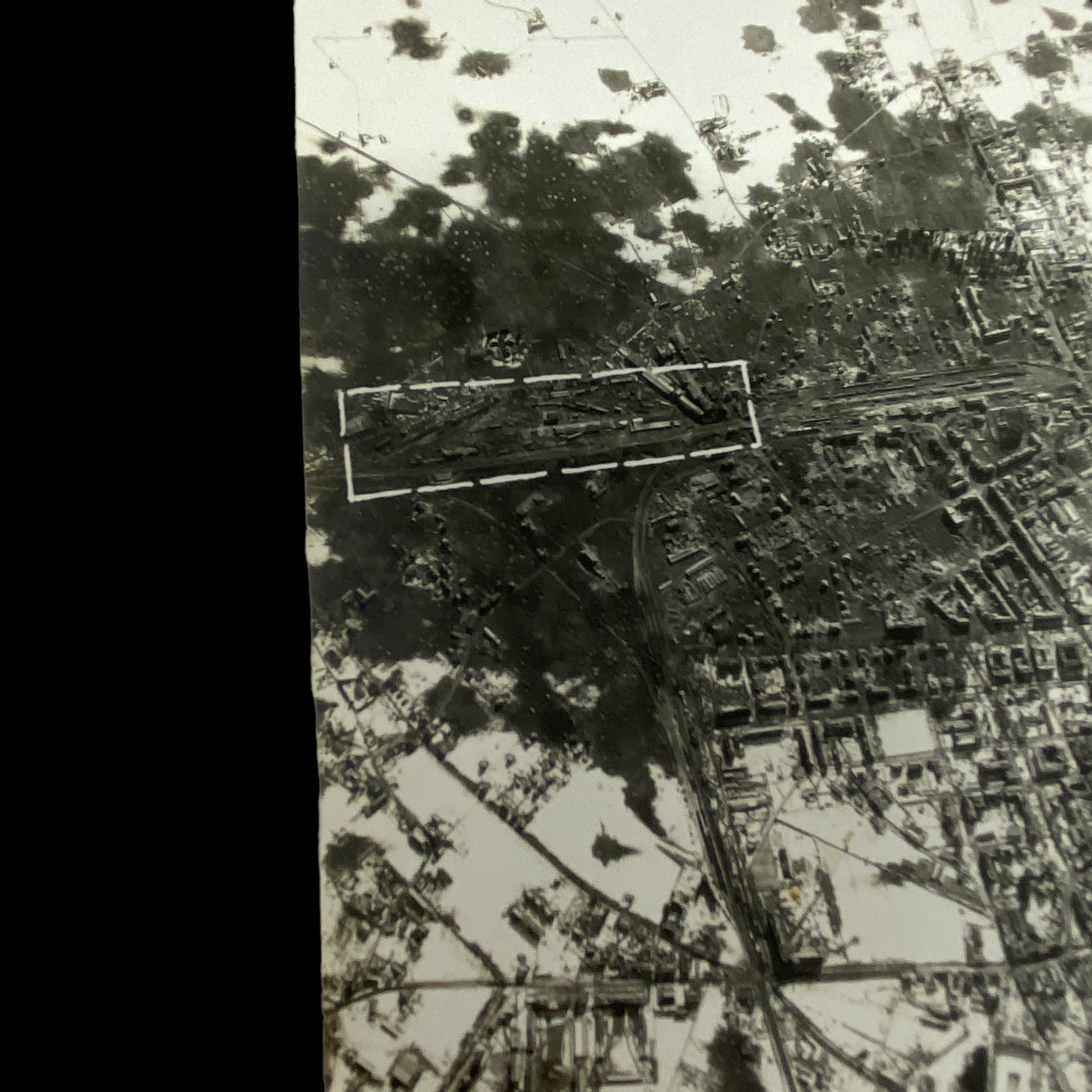
Original 1944 WWII B-24 Liberator 1st Lt. Henning Aerial Raid 15th Air Force - 460th Bombardment Group Mission Photograph
Comes with hand-signed C.O.A.
This incredibly rare and museum-grade WWII B-24 Liberator aerial raid 15th Air Force mission photo a bring back of 1st Lt. Laurence Henning for the 460th Bombardment Group - 762nd Bomb Squadron - 15th Air Force. This original mission raid photograph was developed after landing at their 15th Air Force airfield in Italy. This was used by the 15th Air Force for post-raid target damage assessments, updated intelligence, FLAK maps, etc.
During his service 1st Lt. Laurence Henning engaged in very long-range strategic bombing missions to enemy military, industrial and transportation targets in Italy, France, Germany, Austria, Hungary, Romania, and Yugoslavia, bombing railroad marshalling yards, oil refineries, airdrome installations, heavy industry, and other strategic objectives.
Extensive WWII Combat History of the 460th Bombardment Group:
In August of 1943, the tide of battle was beginning to turn in favor of the United Nations. Our forces were beginning the invasion of Europe by driving the enemy out of Sicily; the Russians were smashing back the Nazi hordes that had invaded their homeland and Germany’s Yellow brothers-in-infamy were beginning to lose some of their blood soaked holdings as American and Australian Forces were beating them on those faraway islands of Munda, Bouganville, Rendova and Kolombangara. Then America’s forges of war-might were fiery hot and into them she was pouring the tools of vengeance to be molded and tempered for battle.
Colonel (then Lt. Col.) Robert T. Crowder, of Lawrence, Kansas, was charged with the moulding and tempering of one of those tools – the 460th Bombardment Group (Heavy).
In early August, 1943, at the Army base in Clovis, New Mexico, Col. Crowder gathered a handful of officers and enlisted men together and began the formation of this bombardment group. From this inauspicious beginning grew one of the most powerful weapons of the United States Army Air Forces.
The Black Panther, symbolic of swift, iron-clawed revenge, was chosen for the insignia of the 460th Bombardment Group and through its courageous combat history, the Group fulfilled its every mission in the fearless manner and with the same deadly technique of its namesake.
From Clovis, NM, the group moved to the Army Air Forces School of Applied Tactics, Orlando, FL, for specialized training and then on to Salt Lake City, UT, where it began to pick up ground and air crewmen to complete its organizational strength. Then, a few weeks later, moved to Chatham Army Air Field, Savannah, GA, for completion of training.
On January 1st, 1944, the Group’s airmen began taking their B-24 Liberator bombers off on the long flight to their Italian base, while the ground personnel moved to Newport News, VA, to board their Liberty ship transports which sailed in convoy on January 12th and reached Italy safely on February 13th after surviving both enemy aircraft and submarine attacks at sea.
The combat history of the 460th Bombardment Group is a proud one from the day the Group flew its first mission in March, 1944, until its last in May, 1945. Its history involves 217 bombing missions deep into enemy-held territory throughout France, Germany, Austria, Czechoslovakia, Yugoslavia, Hungary, Roumania, Greece and Italy.
For its outstanding performance in bombing the Zwolfaxing Airdrome in Vienna, Austria, on July 25th, 1944, in spite of adverse weather and through every defense, fighters and anti-aircraft fire, which the enemy could throw into the air, the 460th Bombardment Group was awarded the Distinguished Unit Citation by the War Department.
After V-E Day, the Group was moved to Natal, Brazil, where its members worked on the Green Project of the Air Transport Command, speeding the return of other veterans of the Mediterranean and European Theatres of War to their homes in the States. Then on September 26th, 1945, the 460th Bombardment Group was official inactivated under orders from the War Department.
The job for which it had come into being had been done, and done well. Through training and combat experience, a group of civilian-soldiers, guided by a handful of professional military men, had been molded into a fighting team that contributed more than its fair share toward the ultimate victorious conclusion of World War II.
Now, throughout the United States, again following their peacetime pursuits, the more than 4,000 men who had been members of the 460th Bombardment Group (H) can look back with pride on the part they played as individuals, and their Group as a team, played in the accomplishment of Victory, and look forward to the day when the necessity of the existence of such an organization will have lost all meaning.
Consolidated B-24 Liberator:
The Consolidated B-24 Liberator is an American heavy bomber, designed by Consolidated Aircraft of San Diego, California. It was known within the company as the Model 32, and some initial production aircraft were laid down as export models designated as various LB-30s, in the Land Bomber design category.
At its inception, the B-24 was a modern design featuring a highly efficient shoulder-mounted, high aspect ratio Davis wing. The wing gave the Liberator a high cruise speed, long range and the ability to carry a heavy bomb load. Early RAF Liberators were the first aircraft to cross the Atlantic Ocean as a matter of routine. In comparison with its contemporaries, the B-24 was relatively difficult to fly and had poor low-speed performance; it also had a lower ceiling and was less robust than the Boeing B-17 Flying Fortress. While aircrews tended to prefer the B-17, General Staff favored the B-24 and procured it in huge numbers for a wide variety of roles. At approximately 18,500 units – including 8,685 manufactured by Ford Motor Company – it holds records as the world's most produced bomber, heavy bomber, multi-engine aircraft, and American military aircraft in history.
The B-24 was used extensively in World War II. It served in every branch of the American armed forces as well as several Allied air forces and navies. It saw use in every theater of operations. Along with the B-17, the B-24 was the mainstay of the US strategic bombing campaign in the Western European theater. Due to its range, it proved useful in bombing operations in the Pacific, including the bombing of Japan. Long-range anti-submarine Liberators played an instrumental role in closing the Mid-Atlantic gap in the Battle of the Atlantic. The C-87 transport derivative served as a longer range, higher capacity counterpart to the Douglas C-47 Skytrain.
By the end of World War II, the technological breakthroughs of the Boeing B-29 Superfortress and other modern types had surpassed the bombers that served from the start of the war. The B-24 was rapidly phased out of U.S. service, although the PB4Y-2 Privateer maritime patrol derivative carried on in service with the U.S. Navy in the Korean War.